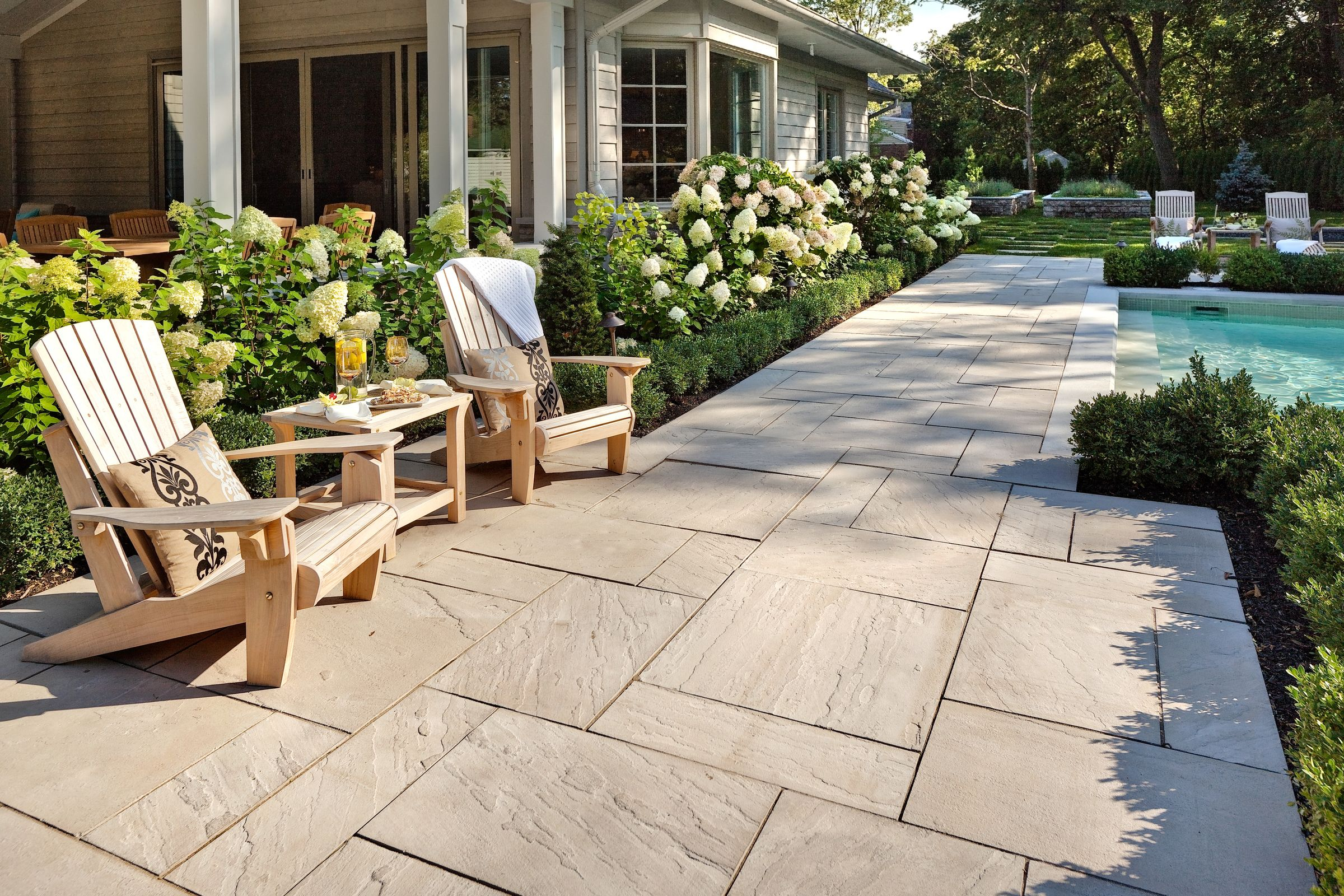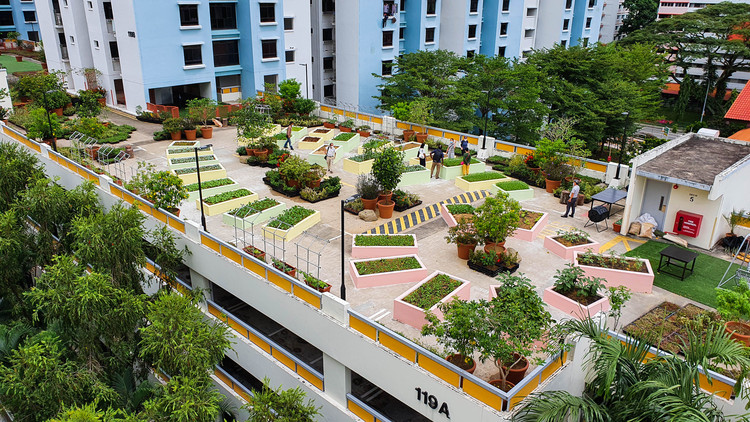How thick should a concrete patio be?

Concrete patios are an excellent addition to any home or outdoor space. They provide a durable and long-lasting surface that can withstand a variety of weather conditions, foot traffic, and outdoor activities. However, one of the most important factors to consider when building a concrete patio is how thick it should be. In this blog, we will discuss the recommended thickness for concrete patios and the factors that determine the appropriate thickness for your project.
The thickness of a concrete patio typically depends on the intended use of the area. The thickness is also influenced by the climate and soil conditions in your area. A patio that will be used for light foot traffic or as a decorative addition to your outdoor space can have a thinner layer of concrete than a patio that will be used for heavy foot traffic, outdoor furniture, or a grill.
Heavy Foot Traffic
Heavy foot traffic can have a significant impact on the thickness of a concrete patio. When there is a lot of foot traffic, the concrete can start to wear down and become thinner over time. This can cause the concrete to crack or even break, which can be both unsightly and dangerous.
To prevent this from happening, it is important to ensure that the patio is thick enough to handle the amount of foot traffic it will receive. A minimum thickness of 4 inches is generally recommended for a concrete patio, but thicker layers may be required for areas that will receive heavy foot traffic.
Heavy Furniture or Equipment
The weight of any outdoor equipment that would be placed on the patio is another factor to consider while deciding on the patio’s thickness.
Some common examples of furniture or equipment placed on the patio include:
- Heavy furniture or cooking equipment such as an outdoor dining table and chairs or a large steel grill.
- Patio umbrellas usually have a large and heavy base acting as a counterweight.
- A fire pit could be used just for heating or also as a grilling option. This means using bricks or big stones as a border and logs to burn in the centre.
It is important to note that this equipment can cause the concrete patio to crack or sink over time if it is not thick enough to support its weight.
The climate in your Area
If you live in an area that experiences freezing temperatures, the ground can expand and contract as it freezes and thaws. This movement can cause concrete to crack, which can result in damage to your patio.
Humidity can also affect the durability of your concrete patio. In areas with high humidity, moisture can penetrate the concrete and cause it to weaken over time. In humid conditions, the air is already saturated with moisture, which can slow down the drying process of concrete. This can cause the surface of the concrete to remain wet for longer, which can lead to a weaker and more porous surface. Humidity can cause concrete to expand and contract slightly as it dries and ages. This is due to changes in the moisture content of the concrete, which can cause it to swell or shrink slightly.
If your area experiences heavy rain, wind, or other extreme weather conditions, a thicker layer of concrete may be needed to provide the necessary strength and stability to withstand these conditions. This can help prevent damage to your patio and ensure that it lasts for many years to come.
Soil Conditions
If the soil in your area is soft or unstable, it may not be able to support the weight of the concrete patio, especially if it will be used to hold heavy furniture or equipment. If the soil in your area doesn’t drain well, it can cause water to accumulate under the patio. Water seepage can lead to cracks. If the temperature is low it’s worse as water freezes and causes large cracks to appear.
Quality of Concrete Used
High-quality concrete has a higher compressive strength, which means that it can withstand more weight and pressure without cracking or breaking. This means that a thinner layer of high-quality concrete can provide the same level of strength and durability as a thicker layer of lower-quality concrete.
High-quality concrete is more durable and resistant to weathering, which means that it can last longer and require less maintenance over time. This can help to ensure the longevity of your patio and reduce the need for costly repairs or replacements. Concrete that is mixed properly with the correct ratio of water, cement, and aggregates is less likely to crack than lower-quality concrete.
Skilled Contractor
A skilled contractor will prepare the area for the concrete by levelling the ground, removing any debris or obstacles, and creating a solid base. This ensures that the concrete will be even and stable, which can allow for a thinner layer of concrete to be used.
The contractor may use reinforcement materials, such as rebar or wire mesh, to strengthen the concrete and prevent cracking. When used properly, reinforcement can help distribute weight evenly across the surface of the patio.
A skilled professional will pour the concrete evenly and with the proper consistency, which can ensure that the patio is level and free of air pockets.
After the concrete is poured, the contractor will finish the surface with techniques such as troweling or stamping. A skilled contractor will ensure that the surface is even and free of imperfections.
Conclusion
In conclusion, when deciding on a concrete patio installation, thickness is an important factor to consider. The appropriate thickness for a concrete patio depends on a variety of factors, including the intended use of the area, the climate in your area, and the soil conditions. A minimum thickness of 4 inches is generally recommended. Working with a professional contractor who has experience in building concrete patios can help ensure that your patio is built to last and provides a durable and long-lasting surface for your outdoor space.





